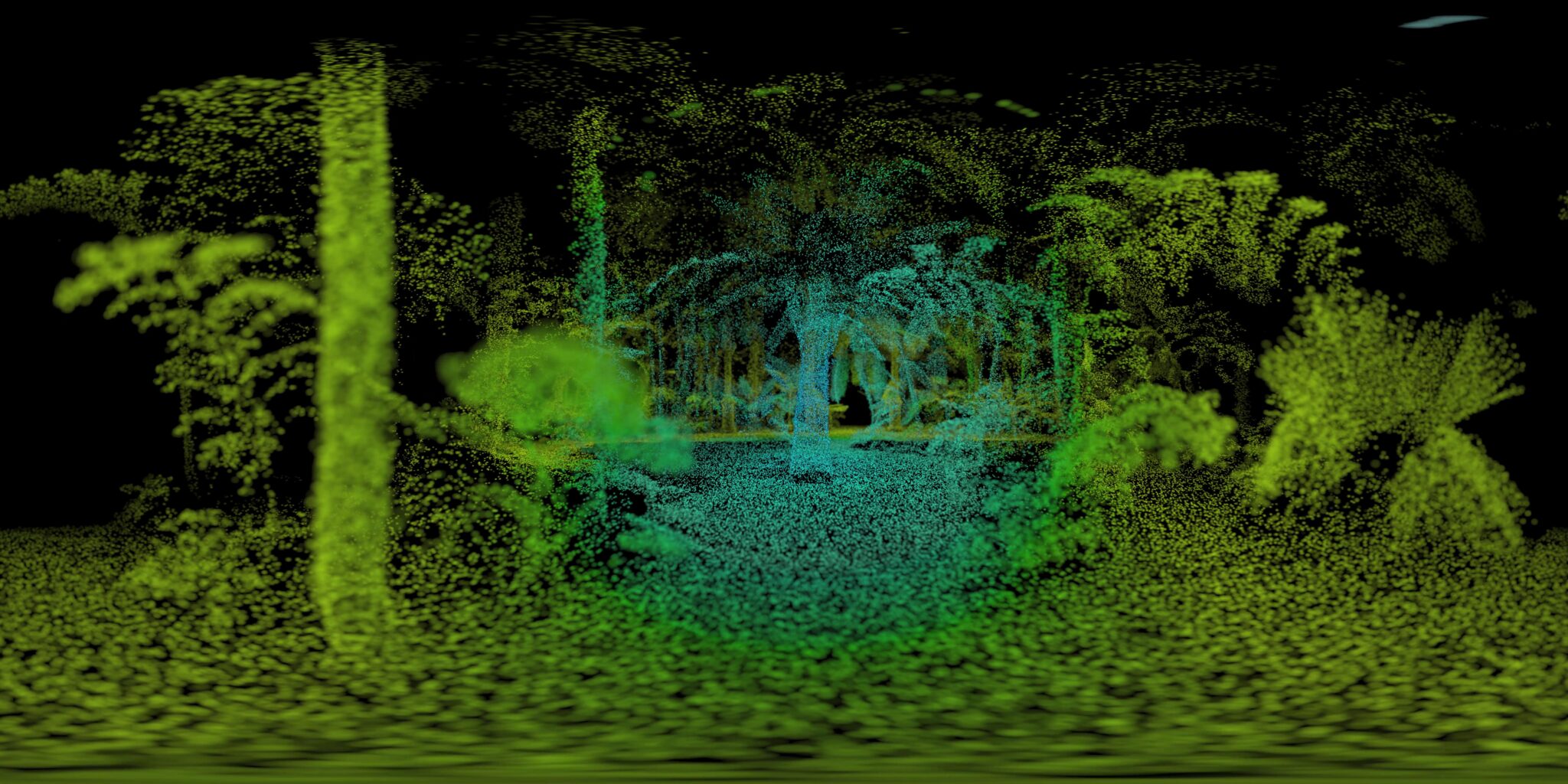A homage to the landmark Palm House in Copenhagen, Letter to a Cycad is a 360 video exploration of the complex evolution of plants. The project features the fictional voice of the botanist Frederik Liebmann, who studied the oldest cycad species in the Palm House. It’s deeply immersive, with riveting soundscapes and fascinating visuals of foliage made of tiny blue and green dots.
The captivating experience was recognised in 2022 with Gold and a People’s Lovie for 360 Video. We spoke with Anders Drud Jordan at The Natural History Museum of Denmark to dive into the elements that led them to Lovie success.
To join them and be a part of a community of digital innovators, enter the 13th Annual Lovie Awards!
To start, please tell us a little about the project and the inspiration behind it.
This project idea occurred to me by coincidence when we started working with digital scanners. Many museums have begun digitizing their collections to make them openly available. For Natural History museums, such efforts are currently turning millions of objects into biodiversity data in time and space. At the time, I was working with a digital scanner which did exactly this, making objects into data clouds on a spatial scale. But instead of scanning a specific object, I decided to scan an entire living collection (our palm house). When I saw the dataset, I realized that it seemed like a whole new world, and knew I wanted to create a story about it.
What did the process of creating Letter to a Cycad look like?
After the funding for production was in place, I was able to bring together a great team of creative people, including a scriptwriter, and animators. We did quite a bit of research into the archives until a script was produced. Once this was in place, a visual plot was developed to follow our story.

What themes or schools of thought influenced the direction of your project?
This video is essentially about life histories, stories, and time. Our own human scale, our relation to nature, and how we are currently transforming nature. As a natural history museum, we feel this is an important message to convey – and it was a guiding direction for the project from the beginning.
Who did you have in mind as you were developing the visual project? And what about the video do you think resonated so much with your audience?
We did not have a specific audience in mind. But I think creating a narrative that revolves around a plant and the man who collected it and using the digital scan as a “house of stories” where time is expandable, is special and appeals to many.
Did you run into any issues or troubles while developing Letter to a Cycad? What steps did you take to overcome them?
Finding the right story was probably the hardest part. Developing a story that would allow you to explore the digital scan in a whole new way was not trivial, and making a narrative into a human life story did just that. Later on, computing the large data set, and making sure it would render in 360 in a satisfactory way was also tricky. To overcome this, parts of the scan were vignetted to reduce data.

Why did you choose 360 video as the medium for the project instead of others? How did this medium fit your narrative and goal for the project?
We chose the 360 video format because it allows everyone with a computer or mobile device to engage with the story. It was key to us that the story could be explored as much as possible anywhere and by anyone.
Why did you choose this design and motion graphic or animation style for the video?
The aetheric graphic style has a poetic lightness and is timeless. By dissolving objects and shapes into a sparse constellation, you let your own imagination take over.
What impact did this design choice have on the project?
The graphic expression of the data points provided a good connection to where we wanted to go. It did, however, involve a lot of data “cleaning.”

What digital tools were instrumental in bringing the project together?
A specialized scanner and a creative team of skilled animation artists.
What does winning a Lovie Award mean to you?
Winning the award means a lot to the museum, and it reminds us to stay curious and continue to tell stories from our natural world in new and creative ways.
Want to align your work with expert digital storytellers like the Natural History Museum of Denmark? Then your work belongs in the 13th Annual Lovie Awards.



